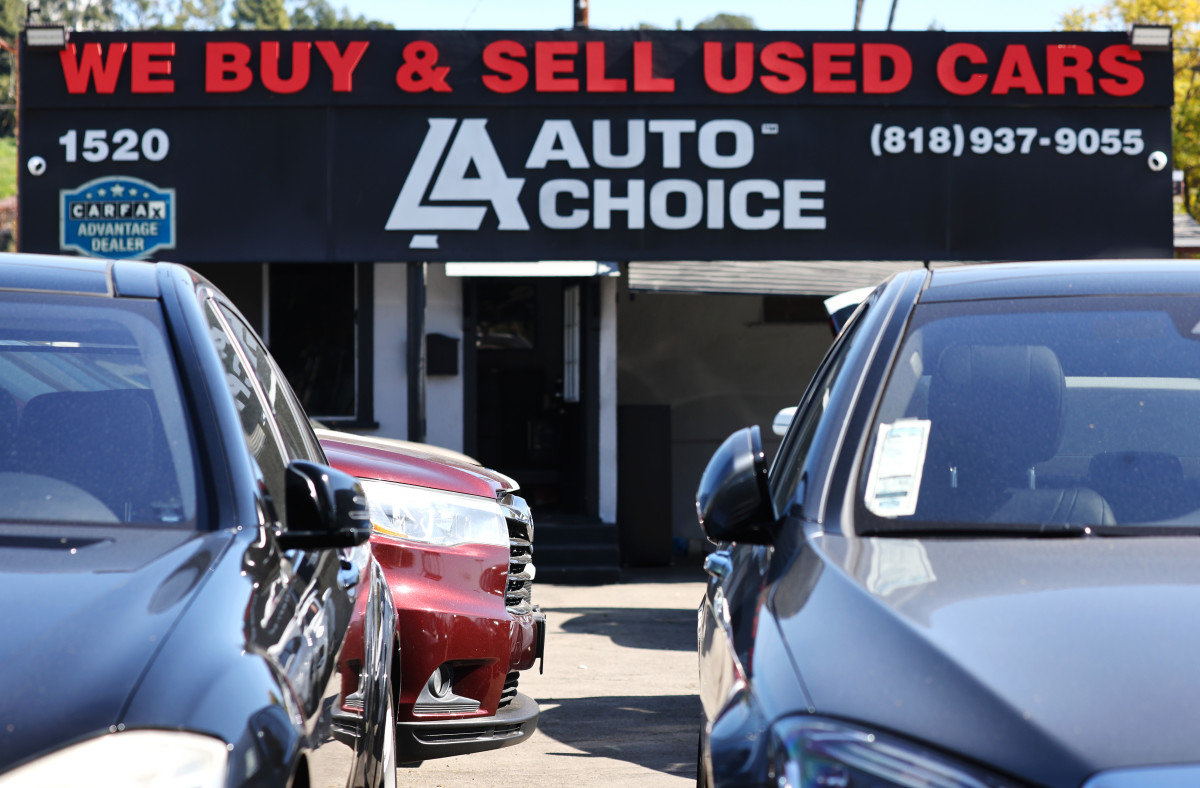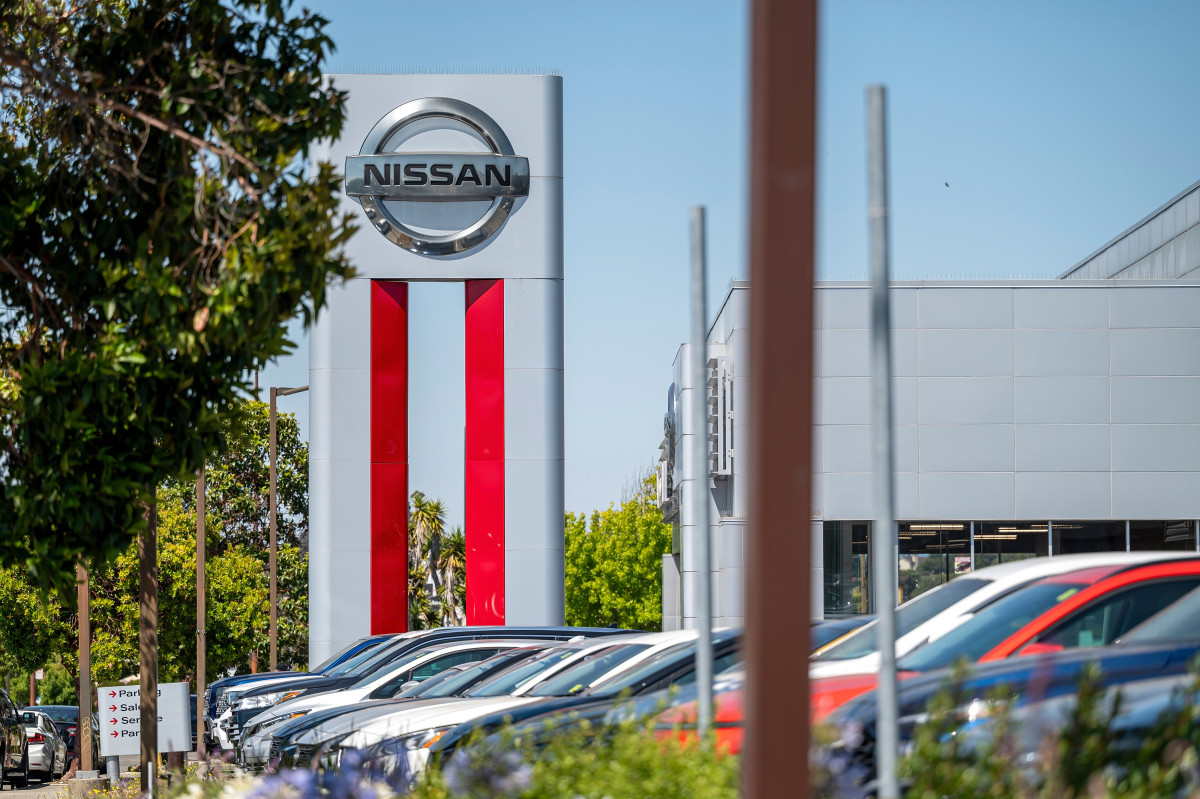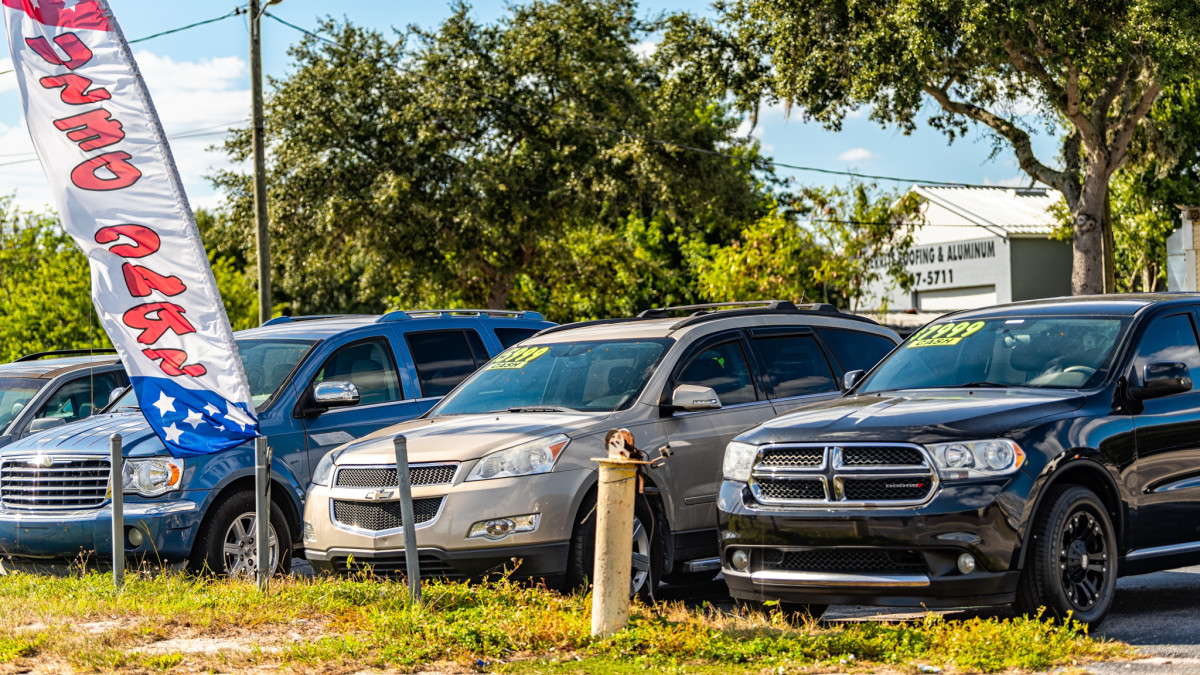Tariffs spark rush toward used cars
The announcement of sweeping new tariffs on imported vehicles and parts has sent ripple effects through the used car market. While new car buyers scramble to beat expected price hikes, many others — especially those on a budget — are turning to used cars as a more affordable alternative. That growing demand is now pushing used prices higher and stretching already tight inventories.
According to data from Cox Automotive, used vehicle sales surged 9% in March compared to February and were up 12% from a year earlier. That marked the strongest March for retail used car sales since 2021, driven by a mix of tariff anxiety and the seasonal boost from tax refunds. The average refund this year hit $3,170, giving many buyers just enough financial breathing room to finally make a purchase.
Inventory shrinks, especially for budget models
At the start of April, used vehicle inventory across U.S. dealerships stood at 2.14 million units, down slightly from March and down 1% year over year. More telling is how fast that inventory is moving: Days’ supply, a key metric for dealer stock, dropped to 39 days, the tightest it’s been for this time of year since 2021.

Mario Tama/Getty Images
Buyers looking for lower-priced used vehicles are facing the steepest challenge. Cars listed under $15,000 now have just 28 days’ supply, well below the overall average. That means fewer choices, higher mileage, and tougher compromises for cost-conscious shoppers.
Prices begin to climb again
After holding steady for much of the year, used car prices began rising again in March. The average listing price ticked up to $25,180, still slightly below year-ago levels but potentially the start of a new upward trend. Analysts warn that if tariffs persist or expand to parts, repair costs will also rise, which could make used vehicles even more expensive to maintain and more valuable on the market.

David Paul Morris/Bloomberg via Getty Images
That trend is already playing out on dealer lots, where brands like Ford, Chevrolet, Toyota, Honda, and Nissan dominate the fastest-selling used inventory, collectively making up 51% of all used vehicles sold. On average, used vehicles from these leading brands were listed at an average price of just under $24,000, about 6% below the average.
Final thoughts

For many buyers, the pressure is mounting. In Connecticut, Angelica DeLeon has spent two years saving for a car after losing hers during the pandemic. Now, with a full-time job and about $10,000 to spend, she’s finding options thin and unreliable, many with over 130,000 miles.
“What are you supposed to do when you’re making the minimum and you do need a car?” she said to NPR. It’s a question more Americans may be asking soon. As tariffs rattle the new car market, the used market — long a refuge for budget-conscious drivers — is becoming harder to access. And the longer the tariff uncertainty drags on, the more strained the used car supply is likely to become.